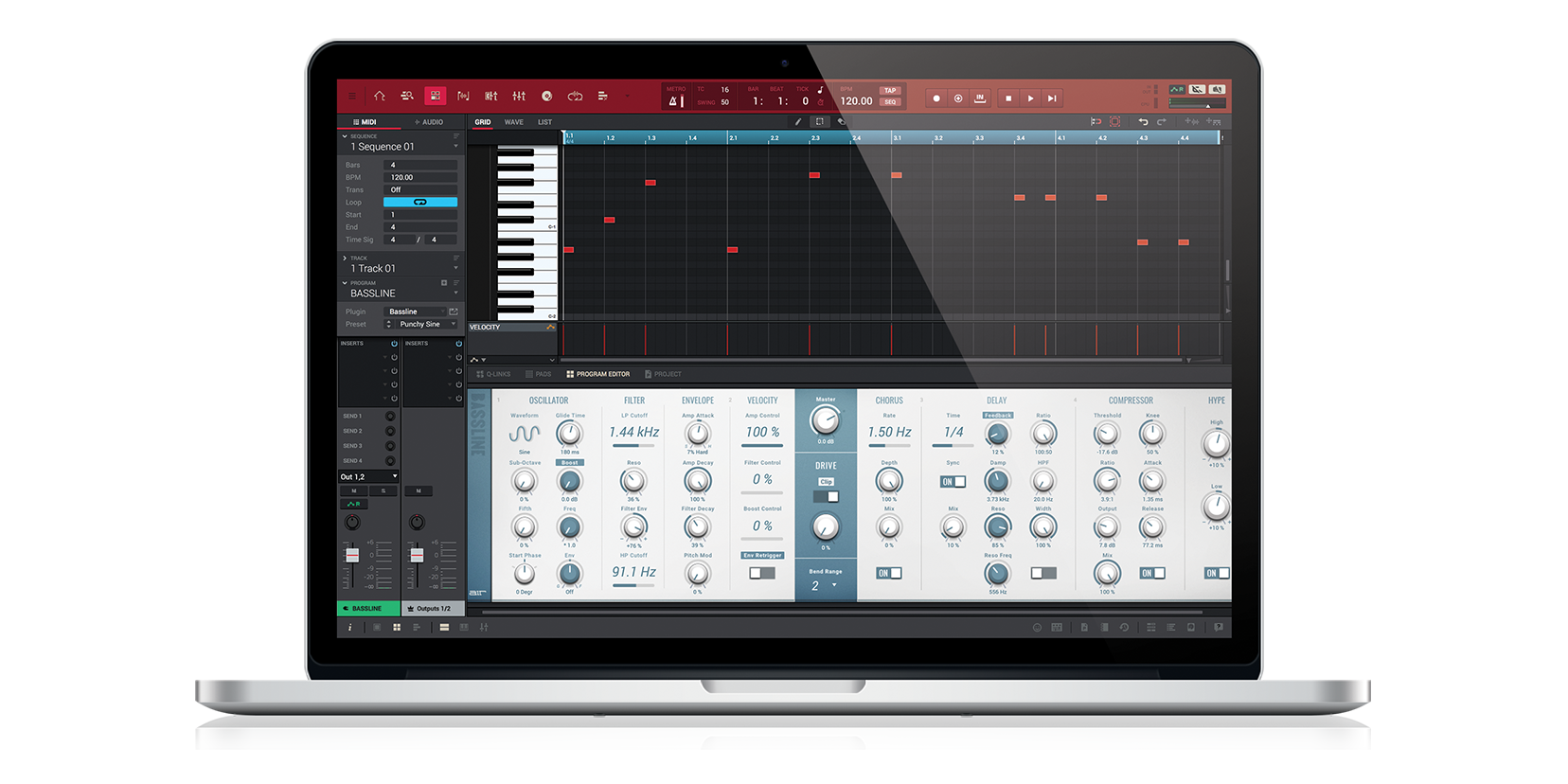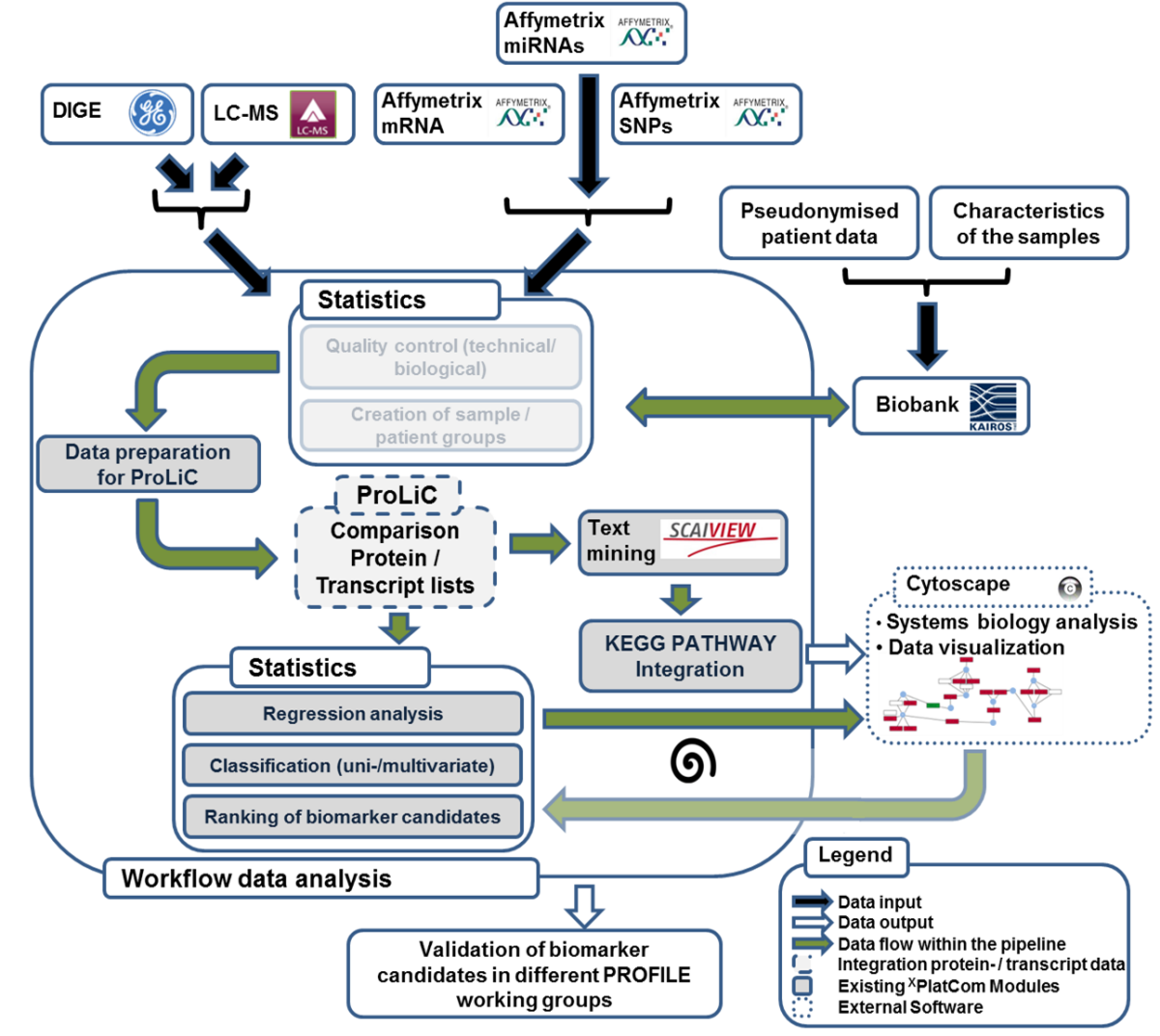

As in linear MPC, NMPC requires the iterative solution of optimal control problems on a finite prediction horizon. Nonlinear model predictive control, or NMPC, is a variant of model predictive control that is characterized by the use of nonlinear system models in the prediction. MPC is based on iterative, finite-horizon optimization of a plant model. The proposed algorithm solves N convex optimization problems in parallel based on exchange of information among controllers. The nonlinear model may be linearized to derive a Kalman filter or specify a model for linear MPC.Īn algorithmic study by El-Gherwi, Budman, and El Kamel shows that utilizing a dual-mode approach can provide significant reduction in online computations while maintaining comparative performance to a non-altered implementation. artificial neural networks) or a high-fidelity dynamic model based on fundamental mass and energy balances. The nonlinear model may be in the form of an empirical data fit (e.g. The process can be controlled with nonlinear MPC that uses a nonlinear model directly in the control application. In some cases, the process variables can be transformed before and/or after the linear MPC model to reduce the nonlinearity. When linear models are not sufficiently accurate to represent the real process nonlinearities, several approaches can be used.

#Martin mpc software download series
This simplifies the control problem to a series of direct matrix algebra calculations that are fast and robust. In model predictive controllers that consist only of linear models, the superposition principle of linear algebra enables the effect of changes in multiple independent variables to be added together to predict the response of the dependent variables. Linear MPC approaches are used in the majority of applications with the feedback mechanism of the MPC compensating for prediction errors due to structural mismatch between the model and the process. While many real processes are not linear, they can often be considered to be approximately linear over a small operating range. The MPC typically sends out only the first change in each independent variable to be implemented, and repeats the calculation when the next change is required. These changes are calculated to hold the dependent variables close to target while honoring constraints on both independent and dependent variables. MPC uses the current plant measurements, the current dynamic state of the process, the MPC models, and the process variable targets and limits to calculate future changes in the dependent variables. Dependent variables in these processes are other measurements that represent either control objectives or process constraints. Independent variables that cannot be adjusted by the controller are used as disturbances. In a chemical process, independent variables that can be adjusted by the controller are often either the setpoints of regulatory PID controllers (pressure, flow, temperature, etc.) or the final control element (valves, dampers, etc.). MPC models predict the change in the dependent variables of the modeled system that will be caused by changes in the independent variables. Common dynamic characteristics that are difficult for PID controllers include large time delays and high-order dynamics. The additional complexity of the MPC control algorithm is not generally needed to provide adequate control of simple systems, which are often controlled well by generic PID controllers. The models used in MPC are generally intended to represent the behavior of complex dynamical systems. Generalized predictive control (GPC) and dynamic matrix control (DMC) are classical examples of MPC. MPC is nearly universally implemented as a digital control, although there is research into achieving faster response times with specially designed analog circuitry. PID controllers do not have this predictive ability. Also MPC has the ability to anticipate future events and can take control actions accordingly. This is achieved by optimizing a finite time-horizon, but only implementing the current timeslot and then optimizing again, repeatedly, thus differing from a linear–quadratic regulator ( LQR). The main advantage of MPC is the fact that it allows the current timeslot to be optimized, while keeping future timeslots in account.

Model predictive controllers rely on dynamic models of the process, most often linear empirical models obtained by system identification. In recent years it has also been used in power system balancing models and in power electronics.

It has been in use in the process industries in chemical plants and oil refineries since the 1980s. Model predictive control ( MPC) is an advanced method of process control that is used to control a process while satisfying a set of constraints.


 0 kommentar(er)
0 kommentar(er)
